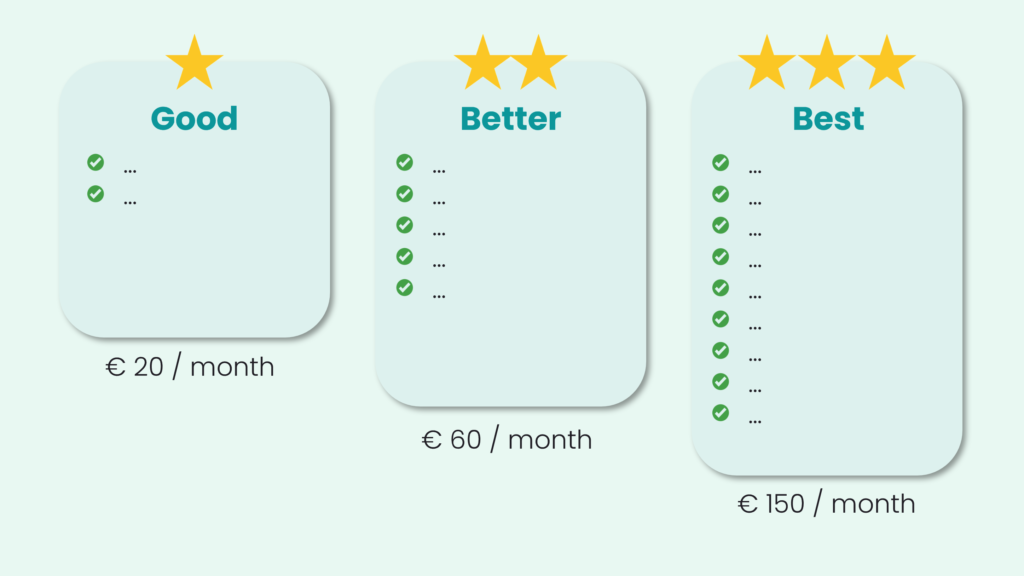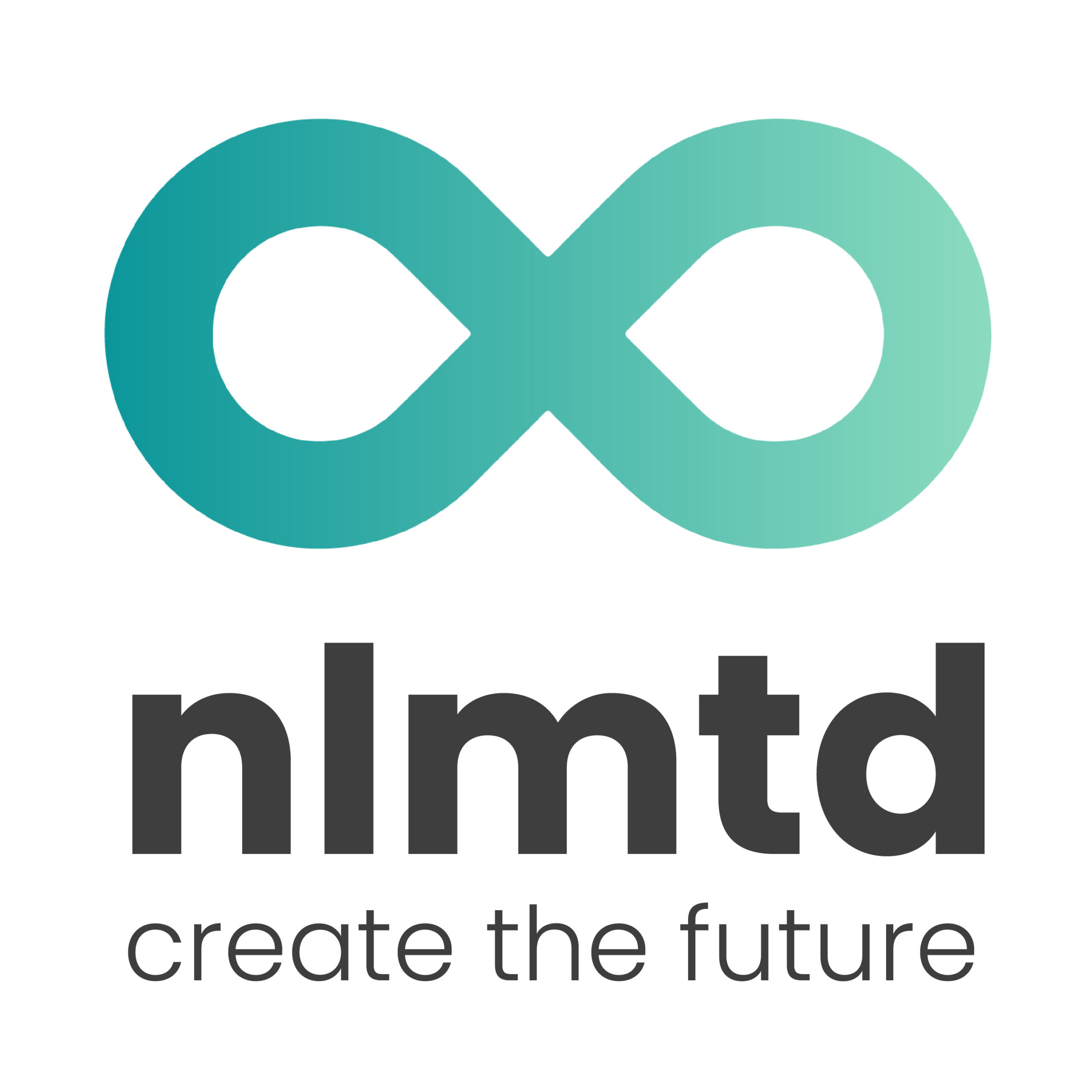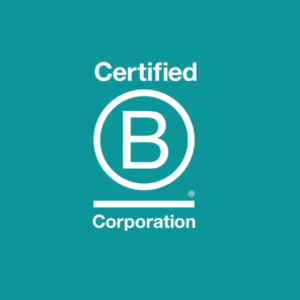In an evolving business landscape, subscription and X-as-a-Service models present a unique opportunity to blend commercial success with sustainability. By bundling hardware, software, and services into a single, recurring payment model, businesses retain ownership of the physical assets, paving the way for circularity and longevity.
Consider a robotics provider offering not just equipment but a complete service package—hardware, software, and ongoing maintenance. This approach not only enhances customer satisfaction but also drives product longevity and supports a circular economy by keeping the product lifecycle within the company’s control. The result? Increased customer loyalty, recurring revenue, and a more sustainable impact.
Shifting mindsets for success
To truly capitalize on these models, a shift in thinking is essential:
- Focus on outcome-based solutions instead of hardware sales.
- Transition from one-off sales to recurring revenue models.
- Prioritize long-term customer success over short-term gains.
- Develop direct customer relationships, moving away from third-party channels when possible.
A four-step plan for building a viable model
Step 1: customer segmentation and design principles
Before designing your offering, clarify your goals: What outcomes do you want to achieve through a subscription or as-a-service model? Consider which products and services to bundle, and establish guiding principles. A needs-based segmentation approach is vital—design around actual customer needs and differences in willingness to pay to create a solution that truly addresses specific problems.
Step 2: Product Feature Overview and Packaging
Begin with a clear, customer-centered feature list, categorizing the value each element brings. Packages should be thoughtfully constructed, grouping features that complement one another and offering niche features as add-ons. Common packaging strategies include:
- A la carte: Allows pick-and-choose flexibility but can be complex.
- All-in-one: Simple but may miss out on additional value.
- Good/Better/Best: Tiers that drive upselling and value trade-offs.
- Needs-based packages: Tailored around customer segment needs with a core feature platform.
Step 3: price model, metric, and levels
Your pricing should reflect the value delivered to the customer and align with the cost structure. Decide on fixed versus usage-based models, consider volume discounts, and choose a metric that scales with customer value. Then, define price levels informed by willingness to pay, competitor benchmarks, and customer research.
Step 4: sales training for the new approach
Subscription models require a continuous relationship, emphasizing customer success and long-term engagement. Equip sales teams to convey the added value of the service model, such as flexibility, reduced CAPEX, and continuous updates, to avoid comparisons with traditional purchase models.
Bonus: broader business model innovation
Beyond the model itself, broader business innovation can ensure your model thrives. Enhance product longevity, recyclability, and customer success processes to better align with subscription offerings. Collaborate with partners in sales and technical fields to streamline customer reach and support.
Let’s Connect!
Which products or services in your portfolio could benefit from a subscription model transformation? What obstacles are holding you back? We’d love to explore solutions together—reach out at tim@nlmtd.com to start the conversation.









